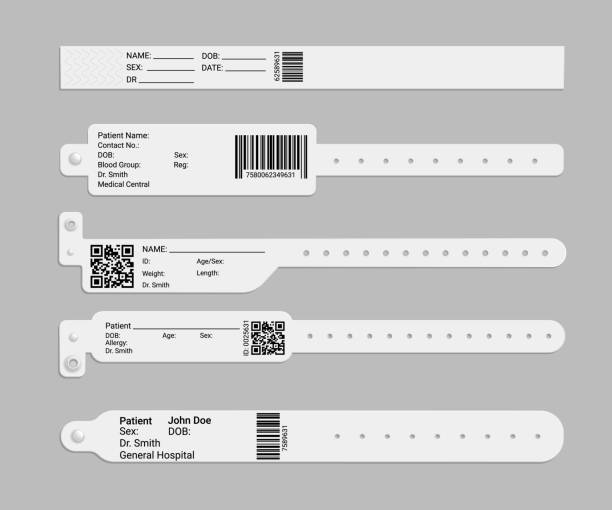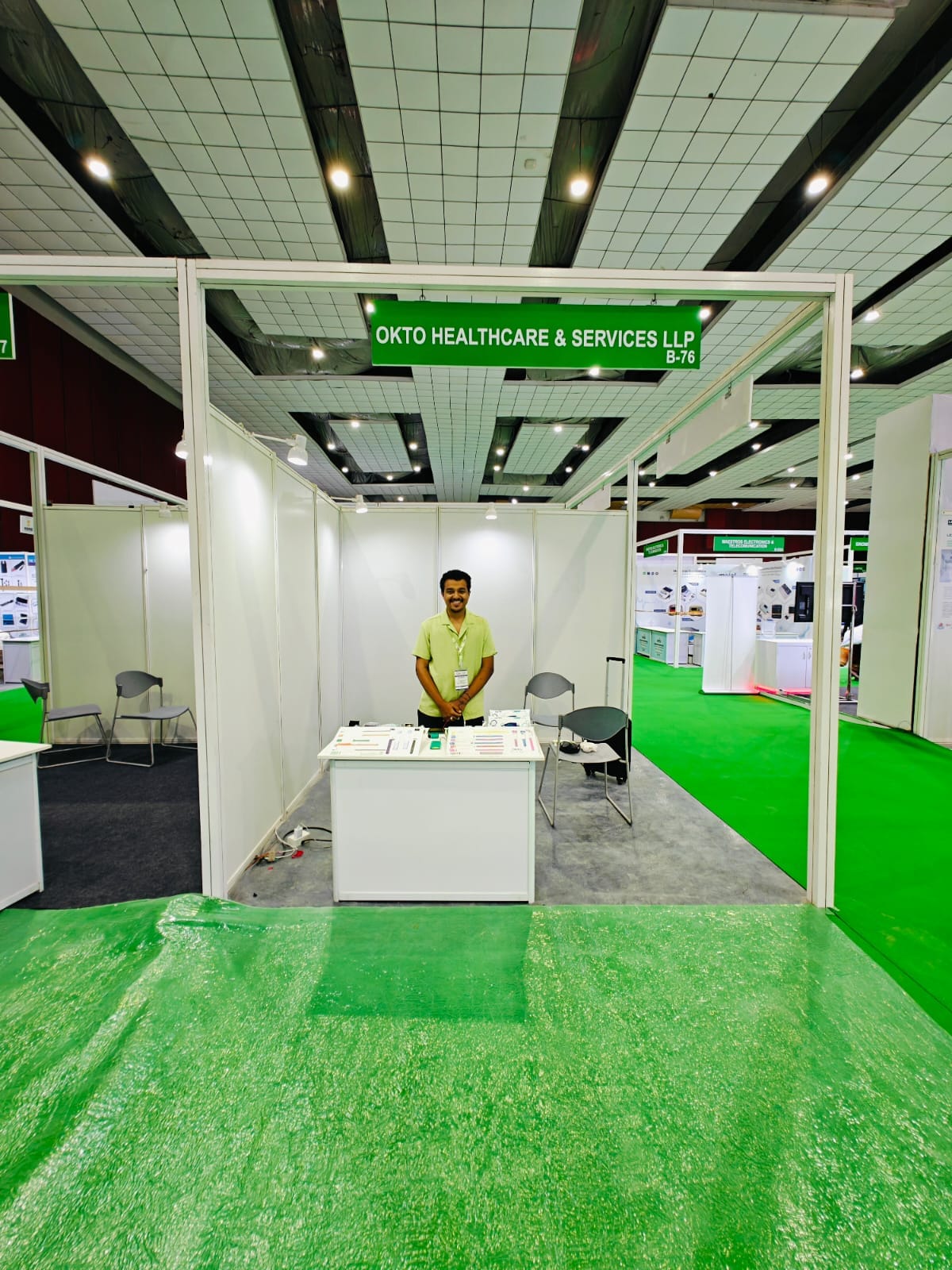Why Patient Identification Band is Necessary for Safe and Accurate Health Care
Why Patient Identification Band is Necessary for Safe and Accurate Health Care
Blog Article
Enhancing Client Treatment With Effective Recognition Bands
The execution of effective identification bands is a critical element in improving person treatment within medical care settings. As the landscape of client identification develops, one must think about the ramifications of these systems on general medical care distribution and client outcomes.
Relevance of Person Identification
Guaranteeing precise client recognition is essential in healthcare setups, as it straight impacts the safety and security and high quality of care offered. Misidentification can lead to serious mistakes, consisting of carrying out the wrong medicine, doing wrong treatments, or miscommunicating vital patient details. Such mistakes not only endanger client security but can additionally result in lawful implications and decreased rely on healthcare systems.
Reliable patient recognition is basic to establishing a protected environment where patients receive suitable and personalized treatment. It assists in the accurate documents of case histories, allergic reactions, and treatment plans, ensuring that medical care service providers have access to vital information whatsoever times. Moreover, robust recognition procedures aid simplify communication amongst clinical staff, boosting collaboration and lowering the danger of mistakes.

Sorts Of Recognition Bands
Identification bands play an essential duty in maintaining precise patient records and boosting safety within health care environments. Different kinds of identification bands are used to accommodate the particular requirements and needs of different patient populations.

Another type is the ankle band, which is specifically helpful for infants and newborns, making sure that identification continues to be intact also during treatment procedures. Specialized bands, such as those for allergic reaction alerts or drop danger indicators, offer added layers of safety and security by attracting prompt interest to crucial client conditions.
Recently, electronic identification bands have gained popularity, including barcodes or RFID innovation that can be checked to swiftly obtain individual information. These bands simplify process and reduce the danger of human mistake throughout person identification procedures.
Advantages of Reliable Identification
Effective identification of people via the use of identification bands contributes considerably to overall person safety and care quality. By making certain that each patient is precisely identified, medical care companies can efficiently match medical therapies and treatments to the correct individual, decreasing the risk of mistakes. This is particularly crucial in settings with high client turnover, where the possibility for misidentification is better.
In addition, effective identification bands boost interaction amongst healthcare teams. Accurate and clear client recognition promotes collaboration and ensures that all staff member are aware of a person's specific needs and clinical background. This communication is necessary for delivering coordinated care, specifically in emergency situation scenarios where time is critical.

Ultimately, efficient recognition via the use of recognition bands not just safeguards people however also promotes a culture of safety and security within health care facilities (Patient Identification Band). By prioritizing precise identification, health these details care companies can enhance end results and boost the general patient experience
Executing Recognition Solutions
While the importance of individual recognition is well identified, the application of robust recognition systems poses a complex challenge for healthcare companies. Establishing reliable identification systems needs a comprehensive approach, including technology, employees training, and process combination.
First, companies must select suitable identification modern technologies, such as barcode scanning, RFID, or biometric systems. Patient Identification Band. These innovations should be assessed based upon cost, use, and compatibility with existing framework. A pilot program can assist determine possible issues prior to major implementation
Following, extensive training for team is important. All workers have to recognize the importance of exact client recognition and excel in the use of the selected modern technologies. Regular training updates and analyses can reinforce ideal practices and ensure ongoing compliance.
In addition, healthcare companies should develop standardized treatments for person identification across all divisions, reducing inconsistencies and enhancing interaction. Normal audits can help determine spaces in adherence to these protocols.

Eventually, a reliable implementation of identification systems not only improves person security yet likewise cultivates a culture of liability and persistance within healthcare setups, ensuring trusted and regular person treatment.
Future Trends in Person Recognition
Developments in technology are readied to revolutionize client identification practices in medical care setups. The integration of biometric recognition techniques, such as fingerprinting and face recognition, is expected to boost precision and protection. These technologies can substantially minimize the risk of misidentification, ensuring that people obtain the correct therapies and medicines.
Additionally, the application of blockchain technology for patient records is gaining grip. This decentralized technique can give a secure and tamper-proof technique for managing client identities, thus improving access to important info throughout various healthcare service providers.
One more fad is the boosting use of mobile wellness applications that leverage QR codes for patient identification. These applications enable real-time updates and very easy access to individual data, encouraging medical care specialists to make informed choices quickly.
In addition, man-made knowledge (AI) is poised to play a my explanation key role in evaluating client identification data, identifying patterns, and predicting potential recognition mistakes before they take place.
As these innovations evolve, they promise not only to improve individual safety but likewise to boost the general performance of health care shipment systems. Welcoming these advancements will certainly be vital for future-proofing his explanation individual care practices.
Conclusion
Finally, reliable recognition bands are important for boosting individual safety and care high quality within health care setups. By decreasing the risks connected with misidentification, these bands facilitate precise and prompt information access, eventually improving communication among doctor. The application of durable identification systems not only fosters a society of security but likewise settings medical care institutions to adjust to future trends in person recognition modern technology, guaranteeing ideal results for patients in varied professional settings.
As the landscape of patient recognition evolves, one have to think about the ramifications of these systems on overall healthcare delivery and client end results.Efficient person identification is essential to establishing a safe environment where people get appropriate and individualized treatment. Ultimately, prioritizing effective client recognition strategies not only fosters a society of safety yet additionally adds to improved client end results and general satisfaction with medical care solutions.
Efficient recognition of individuals via the usage of recognition bands contributes dramatically to general patient security and care quality. The application of durable identification systems not only fosters a culture of safety but additionally placements healthcare establishments to adjust to future trends in client recognition innovation, making sure optimum end results for people in diverse professional environments.
Report this page